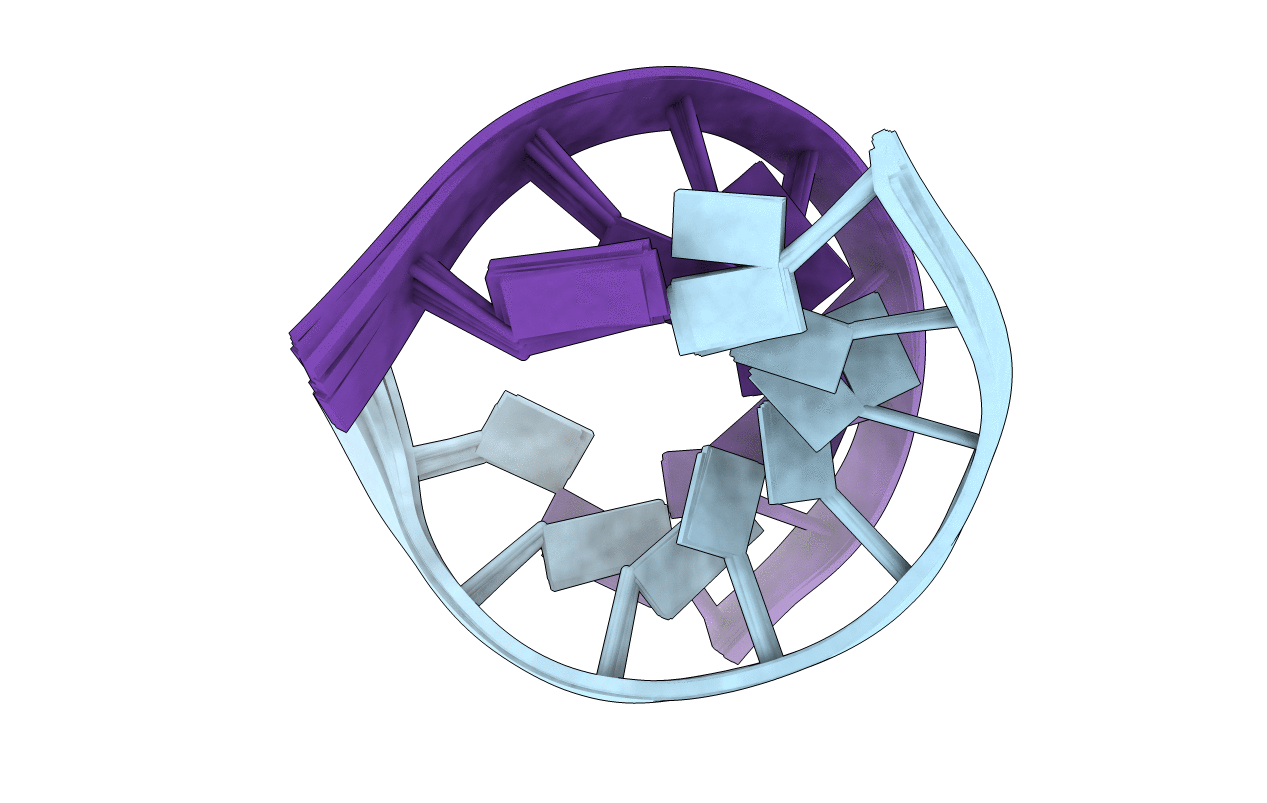
Deposition Date
1997-02-21
Release Date
1997-07-07
Last Version Date
2024-05-22
Entry Detail
PDB ID:
1NXR
Keywords:
Title:
HIV-1 POLYPURINE HYBRID, R(GAGGACUG):D(CAGTCCTC), NMR, 18 STRUCTURES
Biological Source:
Source Organism:
Method Details:
Experimental Method:
Conformers Calculated:
20
Conformers Submitted:
18
Selection Criteria:
RMSD


